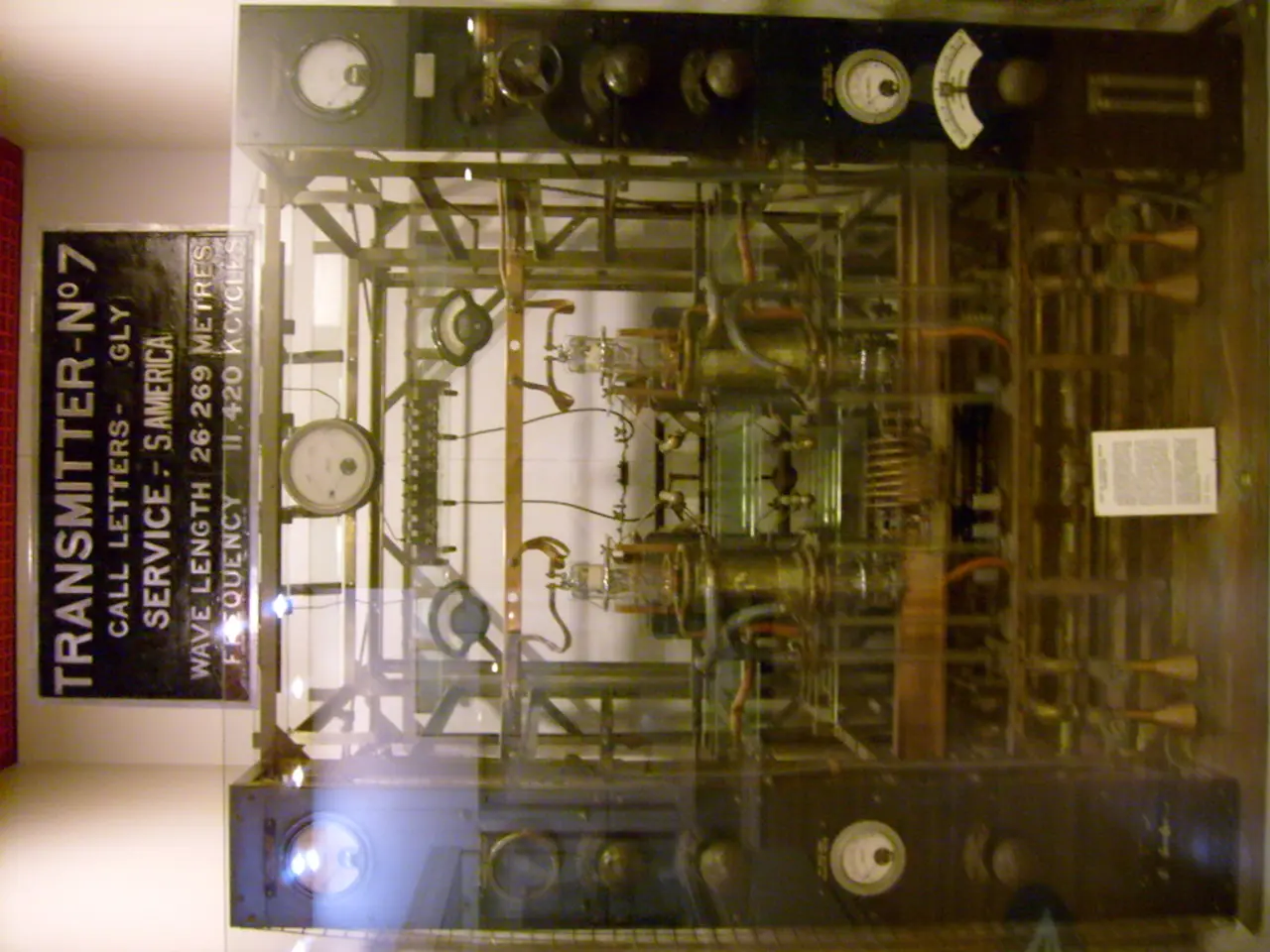Guide to Measuring with a Ruler: In-depth Insights on Centimeters
In the world of measurements, precision and versatility are key. Whether you're a student, a craftsperson, or a professional, understanding the various types of rulers and their uses can significantly enhance your measuring skills. Here's a breakdown of the different rulers, their features, and best practices for accurate measurements.
Precision and Resolution
When it comes to precision, not all rulers are created equal. Standard rulers, while straightforward, offer less precision compared to advanced tools, usually measuring to the nearest millimeter. However, digital rulers, like the NeoRuler, boast a high precision of ±0.1mm, making them ideal for tasks requiring precise measurements. Vernier calipers take precision a step further, allowing measurements to the nearest hundredth of a millimeter.
Scales and Markings
Metric rulers, marked with centimeters and millimeters, are widely used for general measurements. For those in the field of architecture, rulers with both metric and imperial scales, as well as additional markings for architectural measurements, are available. Some rulers, like the NeoRuler, even offer custom or specialized scales for unique applications, such as engineering or architecture.
Design and Functionality
Rulers come in various designs to cater to different needs. Standard flat rulers are suitable for everyday use, while rolling rulers, like the NeoRuler, are designed for continuous measurement across surfaces, offering ease in measuring long distances. T-Type rulers combine the functions of a ruler with those of a square, useful in woodworking and other crafts where precision cuts are needed.
Units and Cultural Variations
Rulers can be strictly metric, purely imperial, or a combination of both, catering to different global standards. In regions like Hong Kong and Macau, traditional units such as the fan and chek are used alongside metric measurements, reflecting local customs.
Best Practices
- Always start your measurement at the zero mark on the ruler, ensuring that the beginning of the object aligns precisely with this point.
- Use a sharp pencil or pen to mark points on the object being measured.
- When measuring objects shorter than one centimeter, focus on the millimeter markings on the ruler.
- Ensure that the ruler is lying flat on the surface you are measuring.
- Store your rulers properly to prevent damage and maintain their accuracy.
- Understand that even with best practices, there will always be a degree of uncertainty in any measurement.
- Regularly inspect your rulers for any signs of damage. Replace any rulers that are significantly worn or damaged to ensure reliable measurements.
Additional Tools
Tape measures, both retractable and non-retractable, also feature centimeter scales and are useful for measuring longer distances or circumferences. Some smartphone apps can estimate lengths using augmented reality, but it's essential to calibrate these apps properly for reliable results.
In the end, the choice of ruler depends on the specific needs of the task at hand. By understanding the differences in precision, scales, design, and cultural variations, you can choose the ruler best suited for your needs and ensure accurate measurements every time.
- For health-and-wellness enthusiasts and fitness-and-exercise enthusiasts, precision rulers can be beneficial when measuring body dimensions for personal fitness tracking or monitoring progress.
- In the realm of science, particularly engineering and architecture, where high precision is essential, digital rulers or vernier calipers can provide the necessary accuracy needed for precise measurements.




